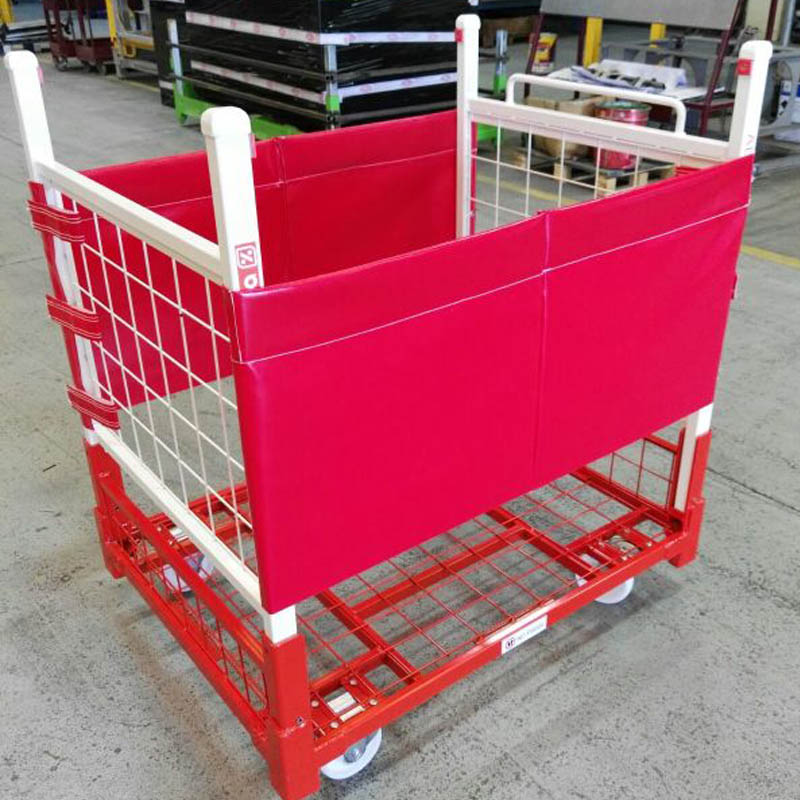
- Mobile Phone
- +8613931874955
- sales@cntcmetal.com
Design Principles and Applications of Conical Springs in Mechanical Engineering
Understanding Conical Spring Design
Conical springs, also known as tapered springs, are critical components in various mechanical systems. These springs have a unique design that allows them to flex and compress while maintaining a significant load-bearing capacity. The design of conical springs can be complex, but their fundamental principles can be understood through basic mechanical engineering concepts. In this article, we will explore the design aspects, applications, and advantages of conical springs.
Design Principles of Conical Springs
The conical spring design is characterized by its conical shape, which gradually tapers from a larger diameter at one end to a smaller diameter at the other. This design is distinct from traditional cylindrical springs, offering several advantages in specific applications.
1. Material Selection The first step in designing a conical spring is selecting an appropriate material. Common materials include high-carbon steel, stainless steel, and various alloys, each chosen for their strength, elasticity, and resistance to deformation. The material must withstand cyclical loading without failing, which is a crucial consideration in the design process.
2. Helix Angle The helix angle, or the angle of the spiral formed by the wire of the spring, is another critical factor. A smaller helix angle allows for a shorter, more compact design, while a larger helix angle may provide greater flexibility. The choice of helix angle will depend on the specific application and the desired characteristics of the spring.
3. Coil Diameter and Pitch The coil diameter and the pitch (the distance between consecutive coils) significantly influence the spring's performance. These parameters must be carefully calculated to ensure that the spring can efficiently store and release energy when subjected to loads. A wider coil diameter and closer pitch can enhance the spring's ability to handle larger loads.
4. Load Capacity The load capacity of conical springs is primarily determined by their dimensions and material properties. Designers often use mathematical formulas to calculate stress and deflection to ensure that under operational conditions, the spring does not exceed its elastic limits.
5. End Types The ends of conical springs can be designed in various forms, including closed, grounded, or open ends, depending on the assembly requirements and intended application. Proper end designs can help in achieving better load distribution and enhanced contact surfaces with other components.
conical spring design pdf

Applications of Conical Springs
Conical springs are utilized in a wide array of industries, thanks to their versatile design. Common applications include
- Automotive Industry They are used in suspension systems and other areas where space constraints are frequent. - Aerospace Their lightweight and strong characteristics make conical springs ideal for use in aircraft systems, including landing gears and control surfaces. - Manufacturing Equipment Conical springs are often part of assembly mechanisms, providing necessary tension and resilience.
Advantages of Conical Springs
1. Space Efficiency Due to their tapered design, conical springs can fit into tighter spaces than cylindrical springs, making them ideal for compact applications. 2. Improved Load Distribution The design allows for more uniform load distribution, reducing the chances of localized stress and subsequent material failure.
3. Versatility They can be designed for a range of stiffness values, allowing engineers to tailor them to specific application requirements without redesigning the entire system.
4. Enhanced Performance The unique geometry of conical springs not only maximizes their strength but also improves their energy storage capabilities.
Conclusion
In conclusion, conical spring design combines careful material selection, precise geometric dimensions, and an understanding of mechanical principles to create effective spring solutions for various applications. As technology continues to advance, the demand for innovative spring designs will grow, highlighting the importance of conical springs in engineering. Their unique advantages make them a staple in industries where efficient, reliable performance is paramount. Understanding the fundamentals of conical spring design is essential for engineers and designers aiming to solve complex mechanical challenges.
share:
-
Your Source for Concrete Wall Ties and Masonry AccessoriesNewsJul.10,2025
-
Unlocking the Power of Iron Wire for Every ProjectNewsJul.10,2025
-
Explore Advanced Chain Wire and Stainless Steel Mesh FencingNewsJul.10,2025
-
Discover the Benefits of Annealed Wire ProductsNewsJul.10,2025
-
Discover China Stainless Steel Wire Mesh SolutionsNewsJul.10,2025
-
Build with Confidence Using High-Performance Masonry AccessoriesNewsJul.10,2025
-
Why Sacrificial Formwork Is Redefining Underground ConstructionNewsJun.06,2025



















